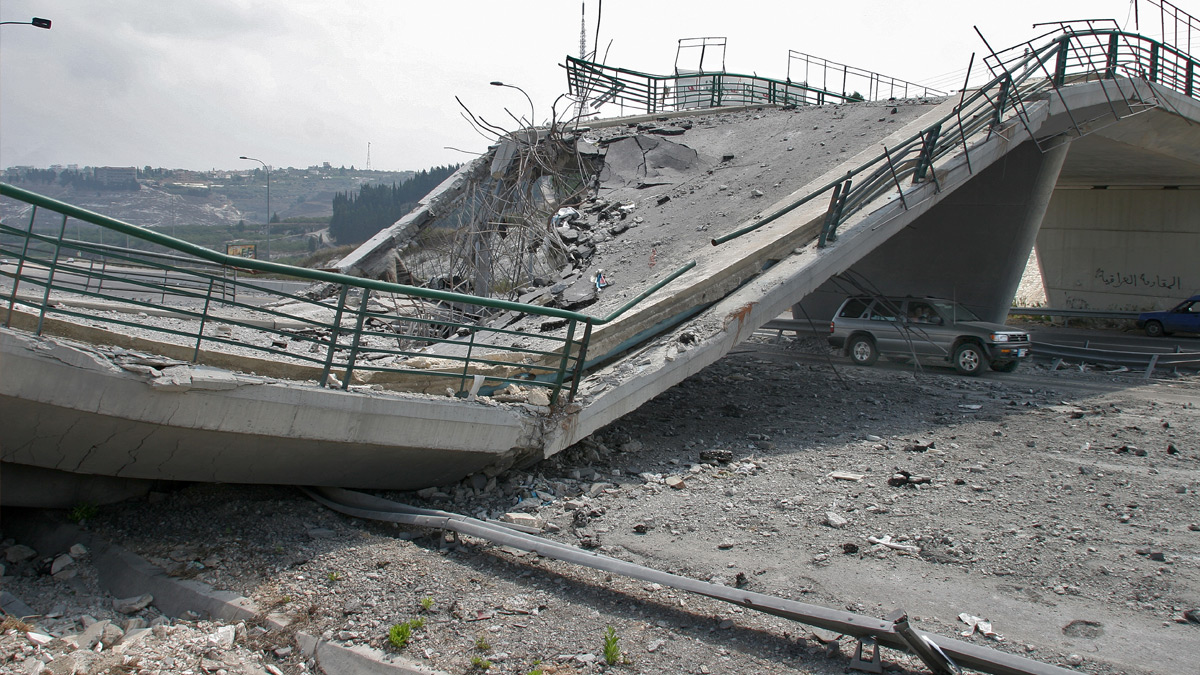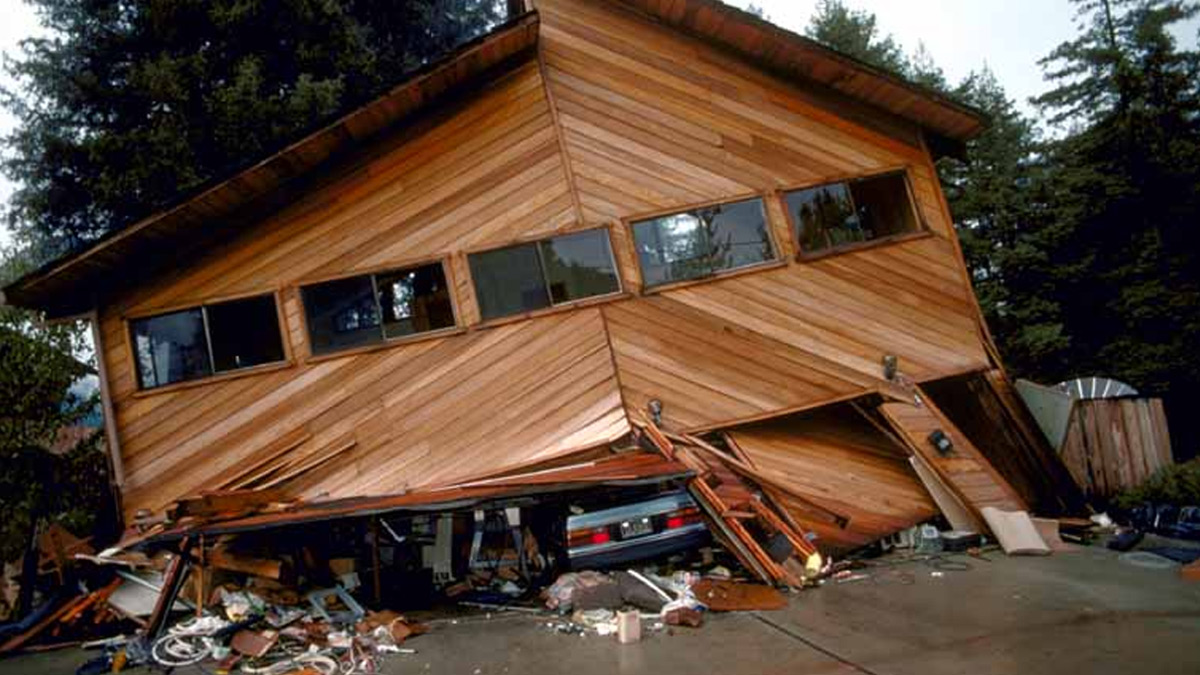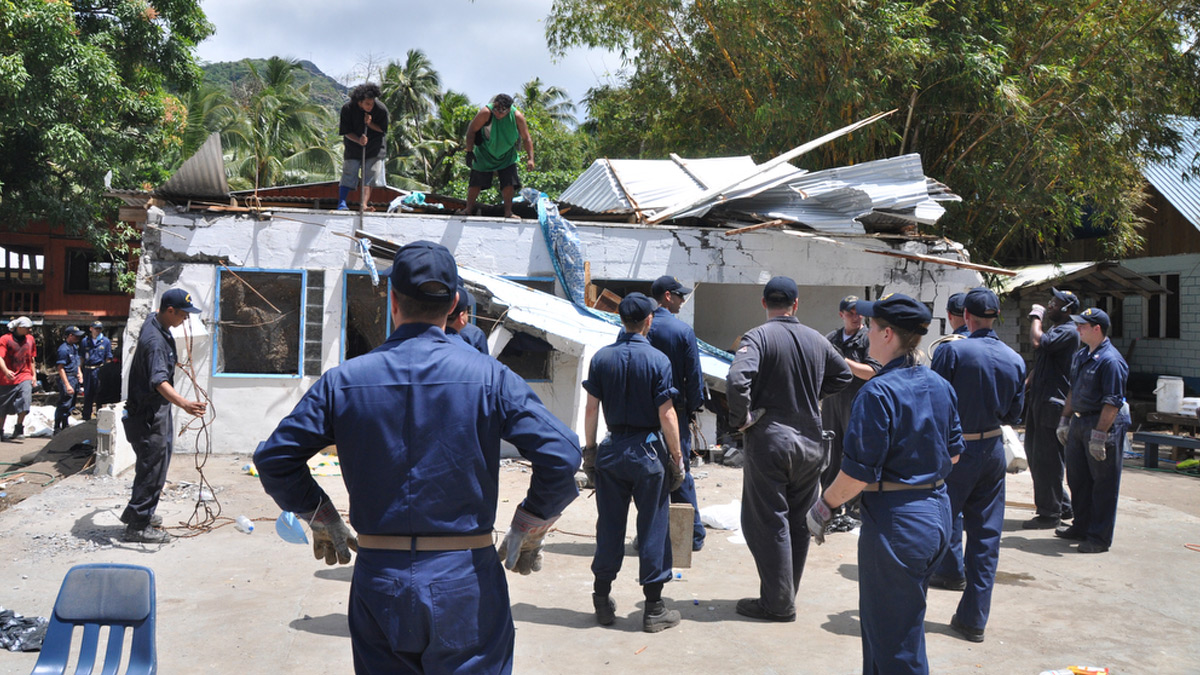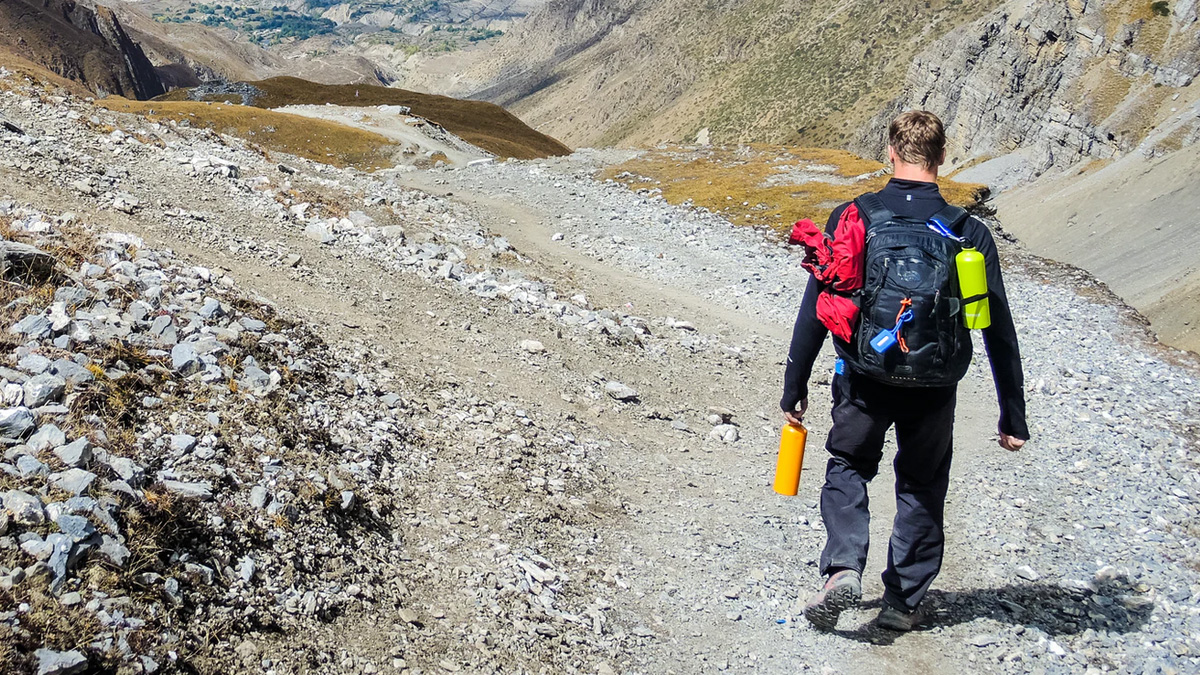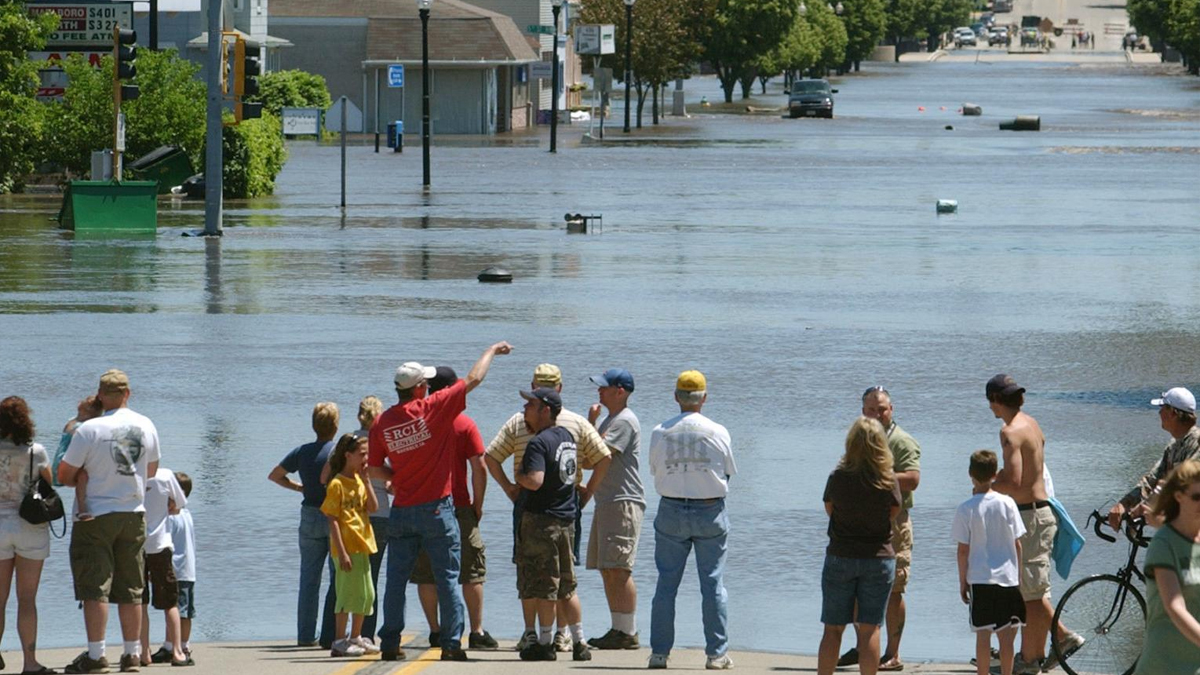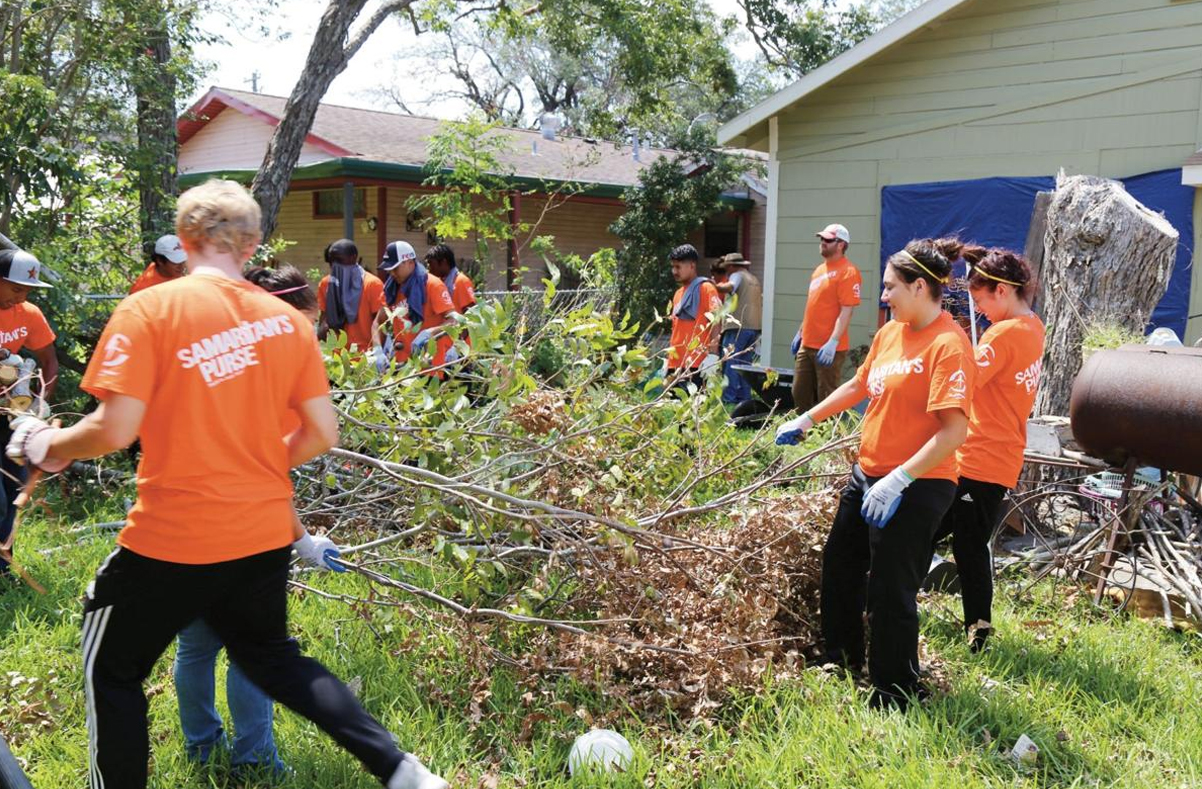on
Earthquakes have been popping up lately in areas previously considered to have minimal to no seismic threat. So even if you don’t live in an area prone to quakes it is smart to at least have some basic knowledge.
An earthquake is a sudden, rapid shaking of the Earth caused by the breaking and shifting of rock beneath the Earth’s surface. For hundreds of millions of years, the forces of plate tectonics have shaped the Earth as the huge plates that form the Earth’s surface move slowly over, under, and past each other. Sometimes the movement is gradual. At other times, the plates are locked together, unable to release the accumulating energy. When the accumulated energy grows strong enough, the plates break free causing the ground to shake. Most earthquakes occur at the boundaries where the plates meet; however, some earthquakes occur in the middle of plates.
Ground shaking from earthquakes can collapse buildings and bridges; disrupt gas, electric, and phone service; and sometimes trigger landslides, avalanches, flash floods, fires, and huge, destructive ocean waves (tsunamis). Buildings with foundations resting on unconsolidated landfill and other unstable soil, and trailers and homes not tied to their foundations are at risk because they can be shaken off their mountings during an earthquake. When an earthquake occurs in a populated area, it may cause deaths and injuries and extensive property damage.
Expect aftershocks. Aftershocks are smaller earthquakes that follow the main shock and can cause further damage to weakened buildings. After-shocks can occur in the first hours, days, weeks, or even months after the quake. Be aware that some earthquakes are actually foreshocks, and a larger earthquake might occur.
Before an Earthquake
- Identify Potential Hazards in Your Home and Begin to Fix Them. Secure any tall objects such as bookcases, entertainment centers or large electronic devices that could fall on you or a loved one. Identify smaller objects that could become projectiles and secure them as well. Use museum putty to secure knick-knacks and hang pictures using two screws or nails rather than just one.
- Create A Disaster-Preparedness Plan. Discuss with your family ways to protect yourself during an earthquake, identify safe spots in every room and what to do if you should become separated. Make sure to rehearse your plan and practice what to do during an earthquake at least a couple of times a year.
- Create Emergency Preparedness Kits. This should include at least a three day supply of food and water, basic first aid supplies, lighting, copies of any necessary paperwork, pictures of pets etc, in case they run off in the confusion.
- Identify Potential Weaknesses in Your Home or Business and Begin to Fix Them. If you aren’t sure about your foundation, or other possible weakness you may want to consult a building inspector or structural engineer.
What to Do During an Earthquake
- Drop, cover, and hold on! Move only a few steps to a nearby safe place. Most injured persons in earthquakes move more than five feet during the shaking. It is very dangerous to try to leave a building during an earthquake because objects can fall on you. Many fatalities occur when people run outside of buildings, only to be killed by falling debris from collapsing walls. In U.S. buildings, you are safer to stay where you are.
- If you are in bed, hold on and stay there, protecting your head with a pillow. You are less likely to be injured staying where you are. Broken glass on the floor has caused injury to those who have rolled to the floor or tried to get to doorways.
- If you are outdoors, find a clear spot away from buildings, trees, streetlights, and power lines. Drop to the ground and stay there until the shaking stops. Injuries can occur from falling trees, street-lights and power lines, or building debris.
- If you are in a vehicle, pull over to a clear location, stop and stay there with your seatbelt fastened until the shaking has stopped. Trees, power lines, poles, street signs, and other overhead items may fall during earthquakes. Stopping will help reduce your risk, and a hard-topped vehicle will help protect you from flying or falling objects. Once the shaking has stopped, proceed with caution. Avoid bridges or ramps that might have been damaged by the quake.
- Stay indoors until the shaking stops and you’re sure it’s safe to exit. More injuries happen when people move during the shaking of an earthquake. After the shaking has stopped, if you go outside, move quickly away from the building to prevent injury from falling debris.
- Stay away from windows. Windows can shatter with such force that you can be injured several feet away.
- In a high-rise building, expect the fire alarms and sprinklers to go off during a quake. Earthquakes frequently cause fire alarm and fire sprinkler systems to go off even if there is no fire. Check for and extinguish small fires, and, if exiting, use the stairs.
- If you are in a coastal area, move to higher ground. Tsunamis are often created by earthquakes.
- If you are in a mountainous area or near unstable slopes or cliffs, be alert for falling rocks and other debris that could be loosened by the earthquake. Landslides commonly happen after earthquakes.
What to Do After an Earthquake
- Check yourself for injuries. Often people tend to others without checking their own injuries. You will be better able to care for others if you are not injured or if you have received first aid for your injuries.
- Protect yourself from further danger by putting on long pants, a long-sleeved shirt, sturdy shoes, and work gloves. This will protect your from further injury by broken objects.
- After you have taken care of yourself, help injured or trapped persons. If you have it in your area, call 9-1-1, then give first aid when appropriate. Don’t try to move seriously injured people unless they are in immediate danger of further injury.
- Look for and extinguish small fires. Eliminate fire hazards. Putting out small fires quickly, using available resources, will prevent them from spreading. Fire is the most common hazard following earthquakes. Fires followed the San Francisco earthquake of 1906 for three days, creating more damage than the earthquake.
- Leave the gas on at the main valve, unless you smell gas or think it’s leaking. It may be weeks or months before professionals can turn gas back on using the correct procedures. Explosions have caused injury and death when homeowners have improperly turned their gas back on by themselves.
- Clean up spilled medicines, bleaches, gasoline, or other flammable liquids immediately. Avoid the hazard of a chemical emergency.
- Open closet and cabinet doors cautiously. Contents may have shifted during the shaking of an earthquake and could fall, creating further damage or injury.
- Inspect your home for damage. Get everyone out if your home is unsafe. Aftershocks following earthquakes can cause further damage to unstable buildings. If your home has experienced damage, get out before aftershocks happen.
- Help neighbors who may require special assistance. Elderly people and people with disabilities may require additional assistance. People who care for them or who have large families may need additional assistance in emergency situations.
- Listen to a portable, battery-operated radio (or television) for updated emergency information and instructions. If the electricity is out, this may be your main source of information. Local radio and local officials provide the most appropriate advice for your particular situation.
- Expect aftershocks. Each time you feel one, drop, cover, and hold on! Aftershocks frequently occur minutes, days, weeks, and even months following an earthquake.
- Watch out for fallen power lines or broken gas lines, and stay out of damaged areas. Hazards caused by earthquakes are often difficult to see, and you could be easily injured.
- Stay out of damaged buildings. If you are away from home, return only when authorities say it is safe. Damaged buildings may be destroyed by aftershocks following the main quake.
- Use battery-powered lanterns or flashlights to inspect your home. Kerosene lanterns, torches, candles, and matches may tip over or ignite flammables inside.
- Inspect the entire length of chimneys carefully for damage. Unnoticed damage could lead to fire or injury from falling debris during an aftershock. Cracks in chimneys can be the cause of a fire years later.
- Take pictures of the damage, both to the house and its contents, for insurance claims.
- Avoid smoking inside buildings. Smoking in confined areas can cause fires or explosions if there has been a gas leak.
- When entering buildings, use extreme caution. Building damage may have occurred where you least expect it. Carefully watch every step you take.
- Examine walls, floor, doors, staircases, and windows to make sure that the building is not in danger of collapsing.
- Check for gas leaks. If you smell gas or hear a blowing or hissing noise, open a window and quickly leave the building. Turn off the gas, using the outside main valve if you can, and call the gas company from a neighbor’s home. If you turn off the gas for any reason, it must be turned back on by a professional.
- Look for electrical system damage. If you see sparks or broken or frayed wires, or if you smell burning insulation, turn off the electricity at the main fuse box or circuit breaker. If you have to step in water to get to the fuse box or circuit breaker, call an electrician first for advice.
- Check for sewage and water line damage. If you suspect sewage lines are damaged, avoid using the toilets and call a plumber. If water pipes are damaged, contact the water company and avoid using water from the tap. You can obtain safe water from undamaged water heaters or by melting ice cubes.
- Watch for loose plaster, drywall, and ceilings that could fall.
- Use the telephone only to report life-threatening emergencies. Telephone lines are frequently overwhelmed in disaster situations. They need to be clear for emergency calls to get through.
- Watch animals closely. Leash dogs and place them in a fenced yard. The behavior of pets may change dramatically after an earthquake. Normally quiet and friendly cats and dogs may become aggressive or defensive.
Although you may never experience a major earthquake it never hurts to be prepared, and many of these preparations are similar for other disasters so it is always good to review and be prepared.
Get access to premium content and more!



